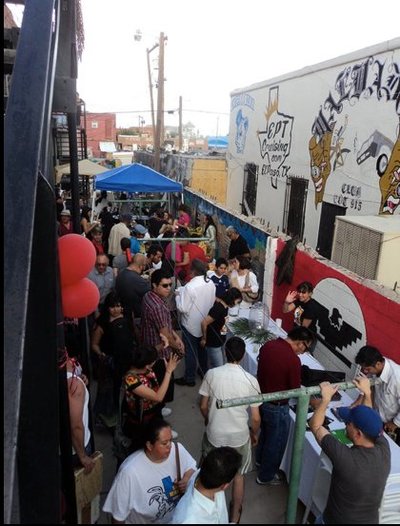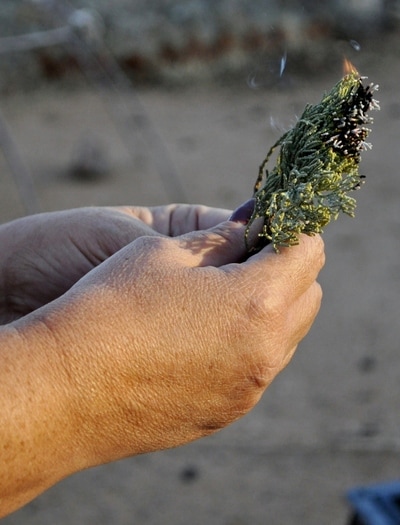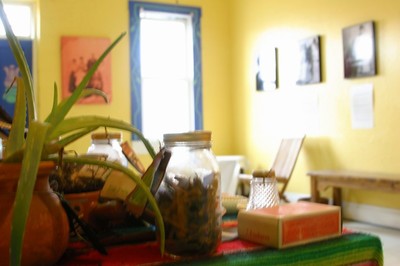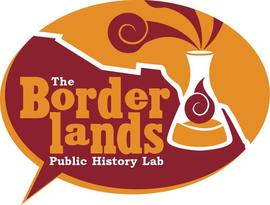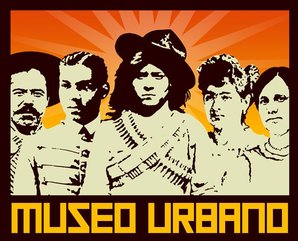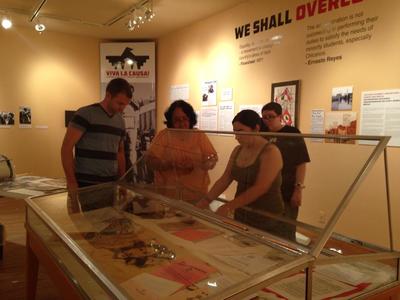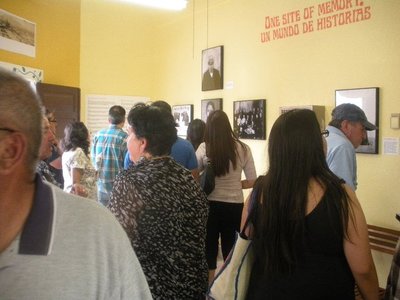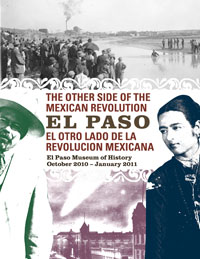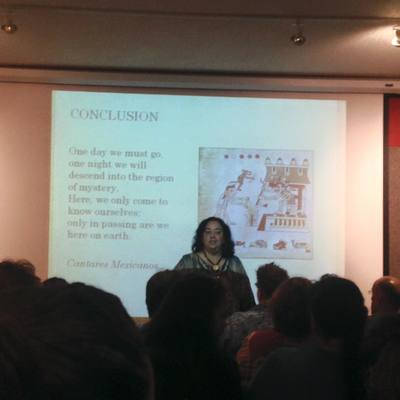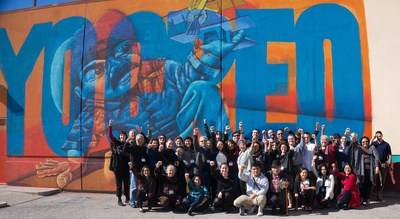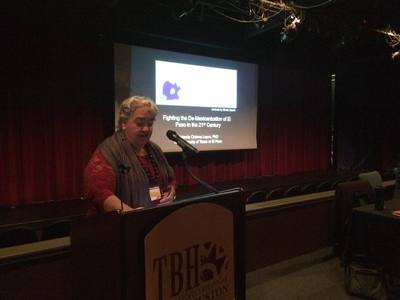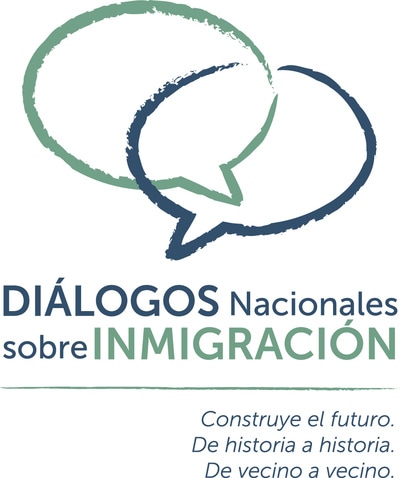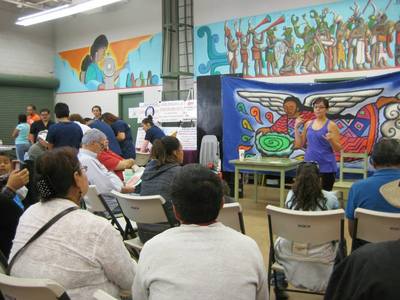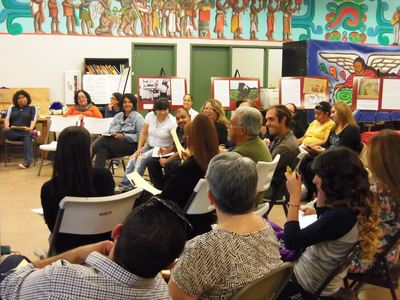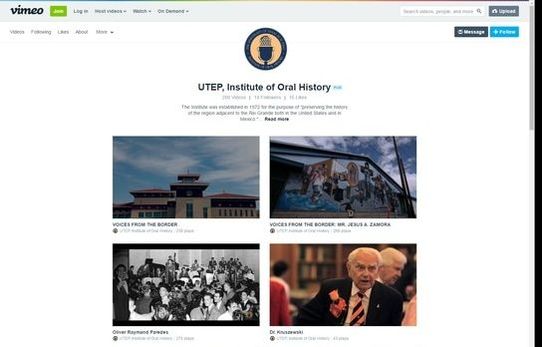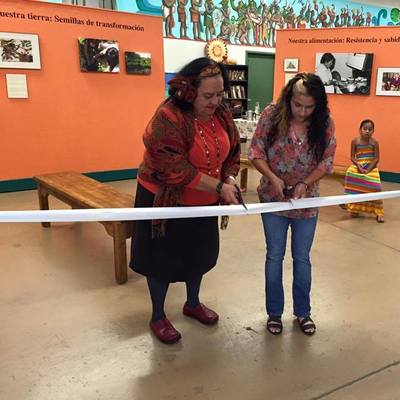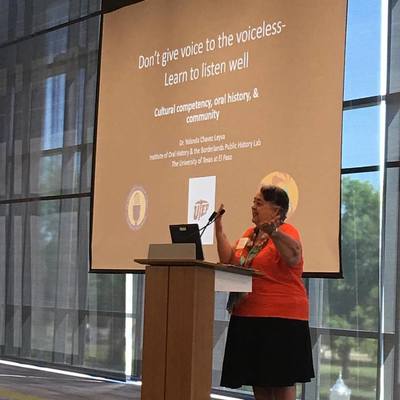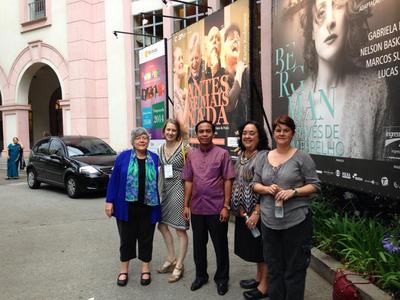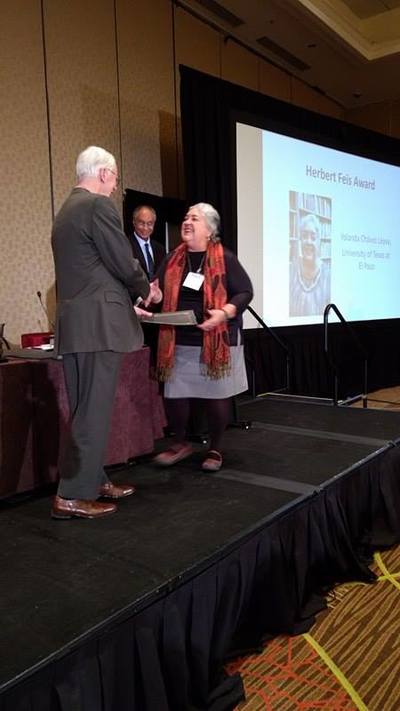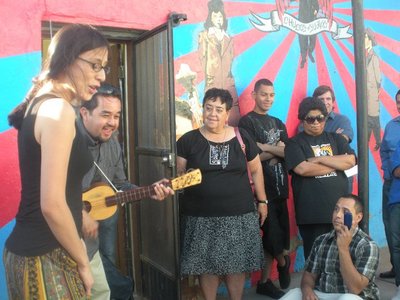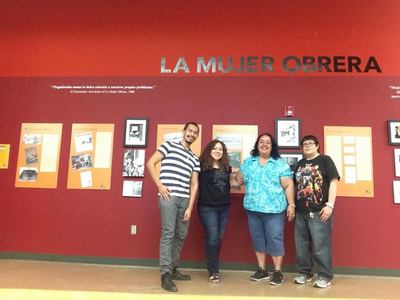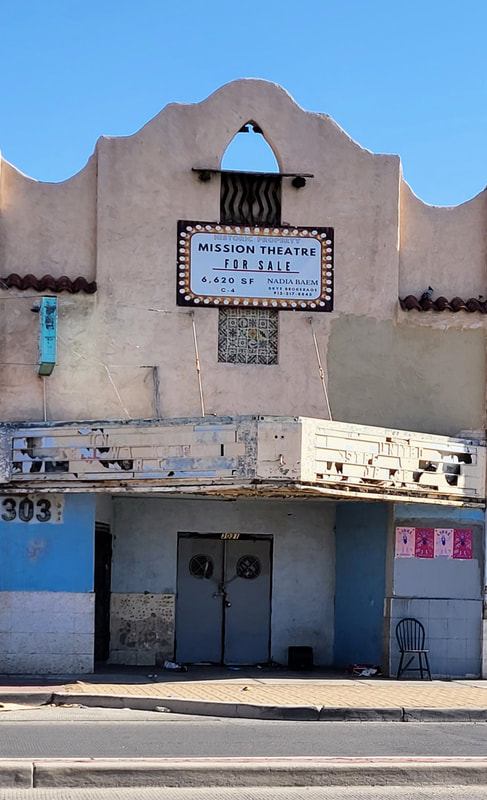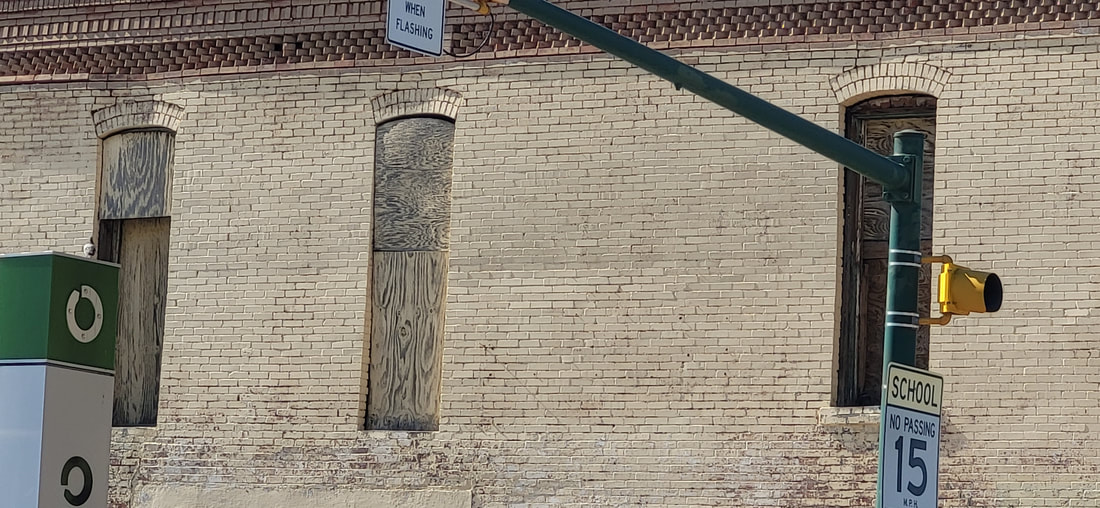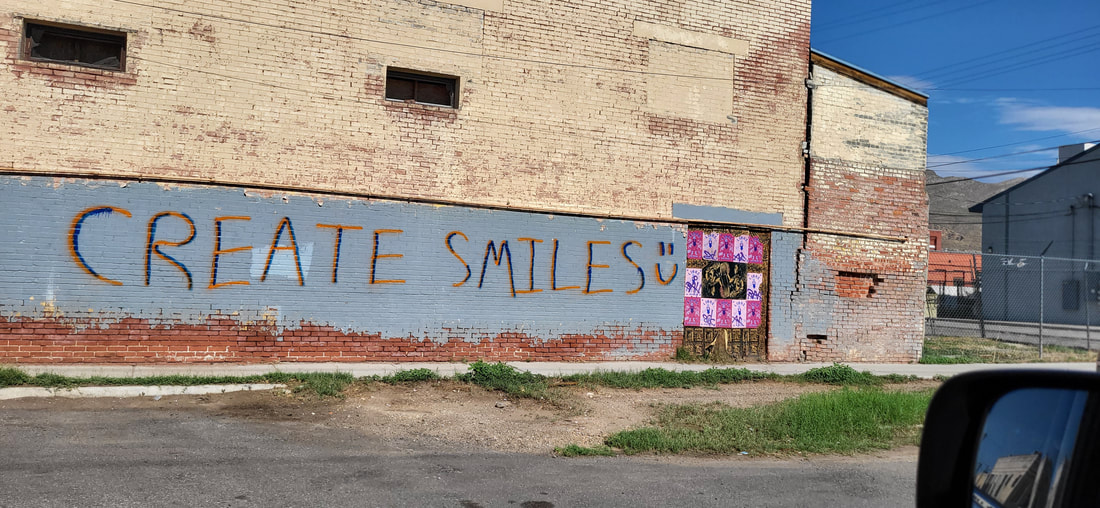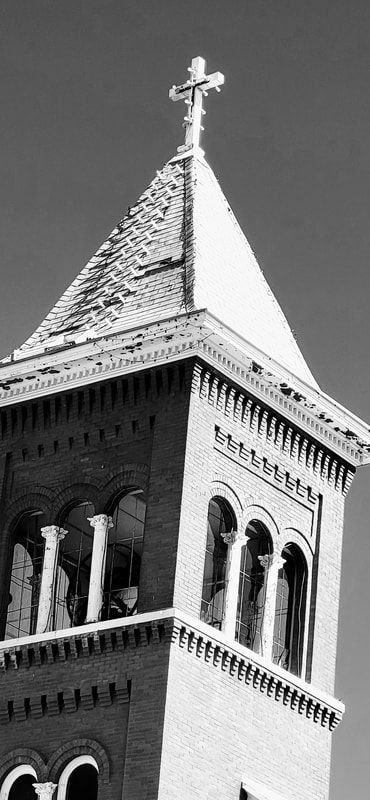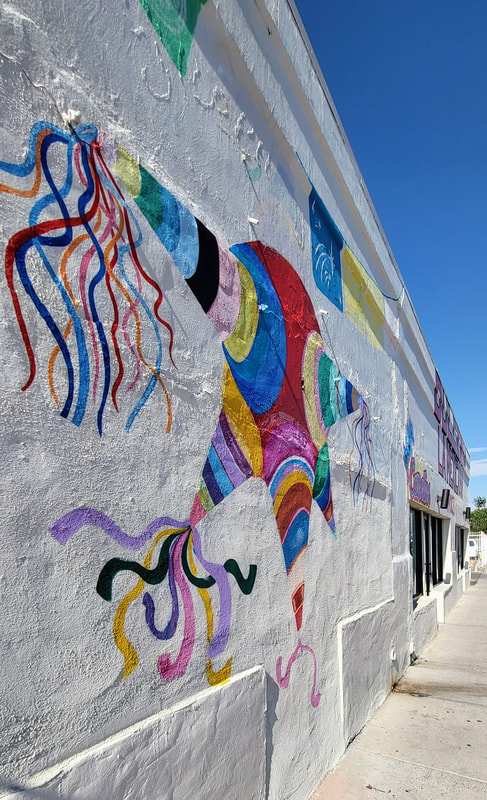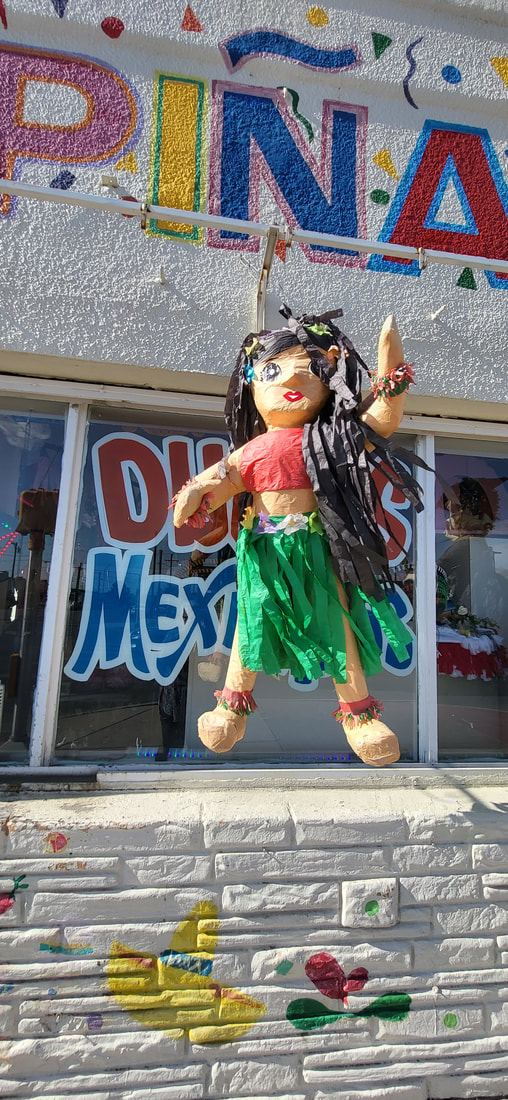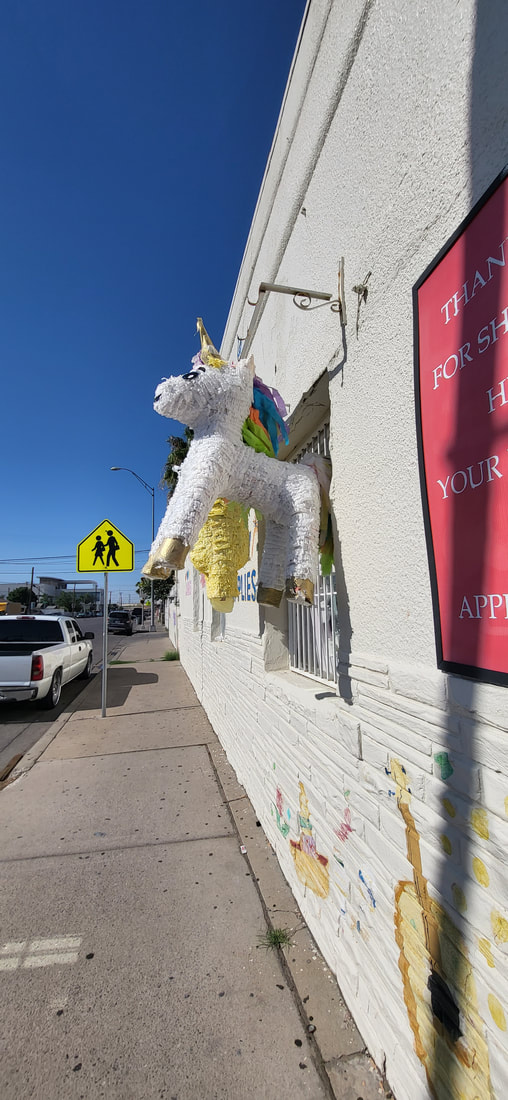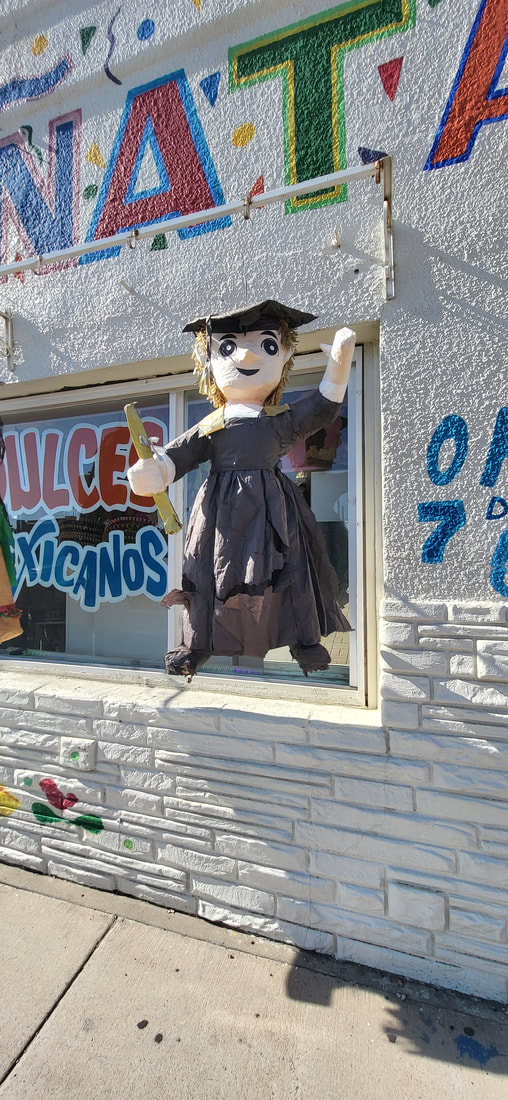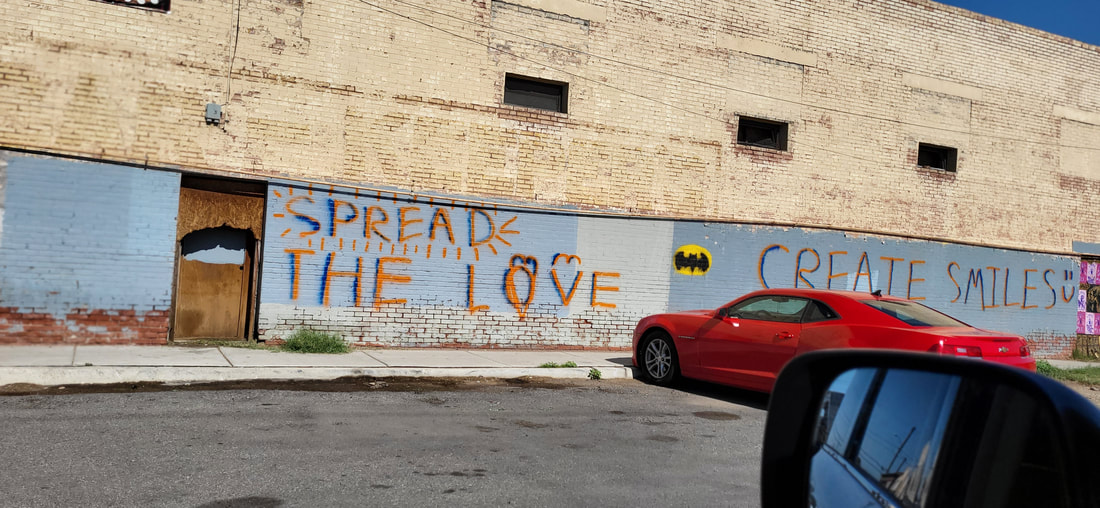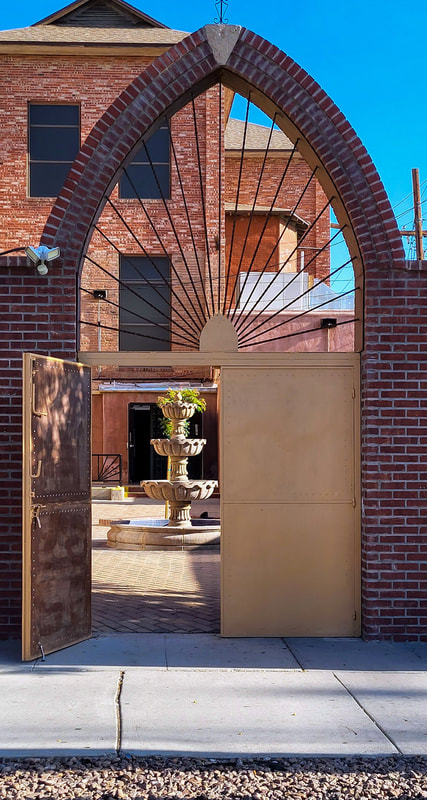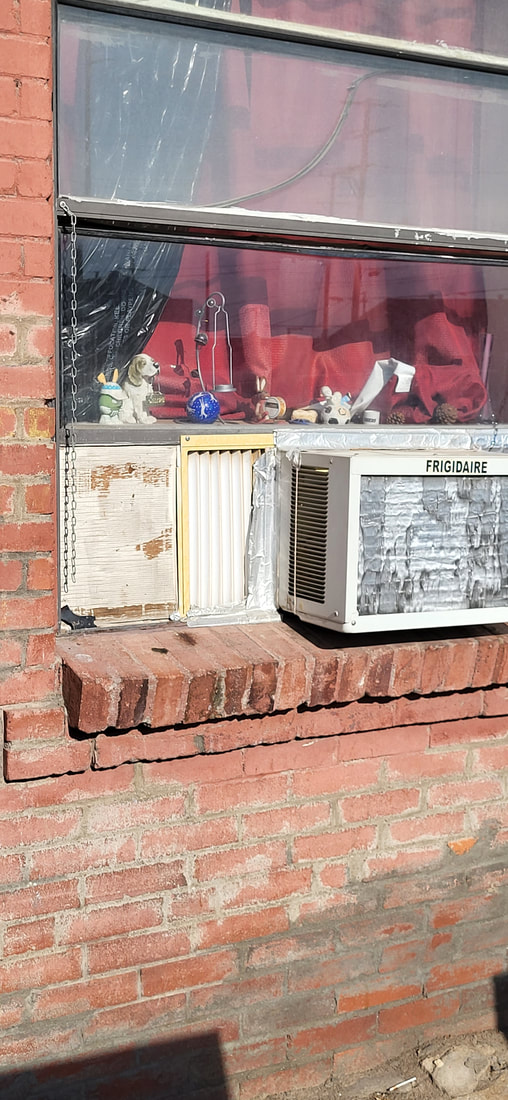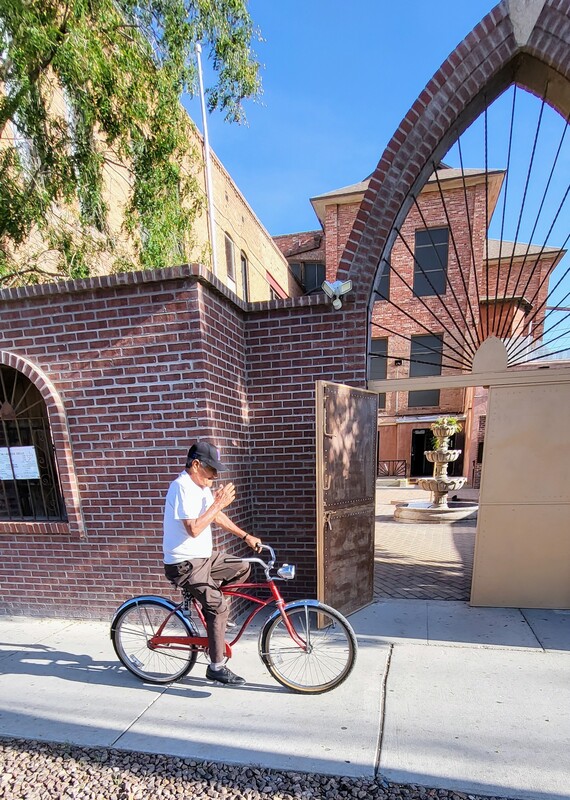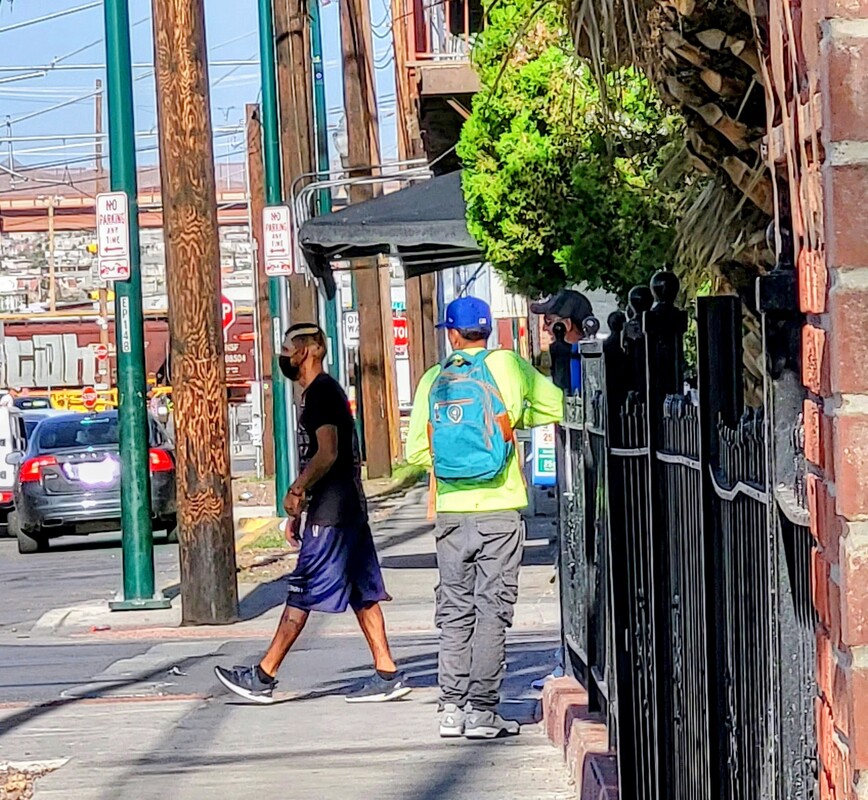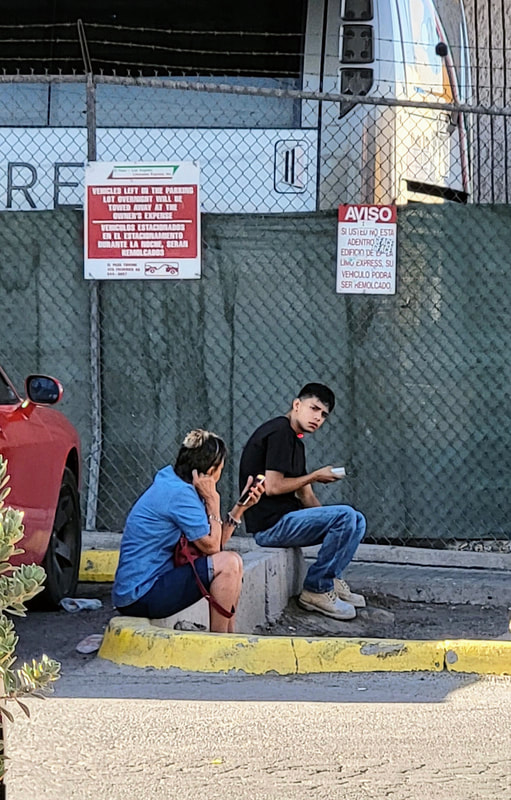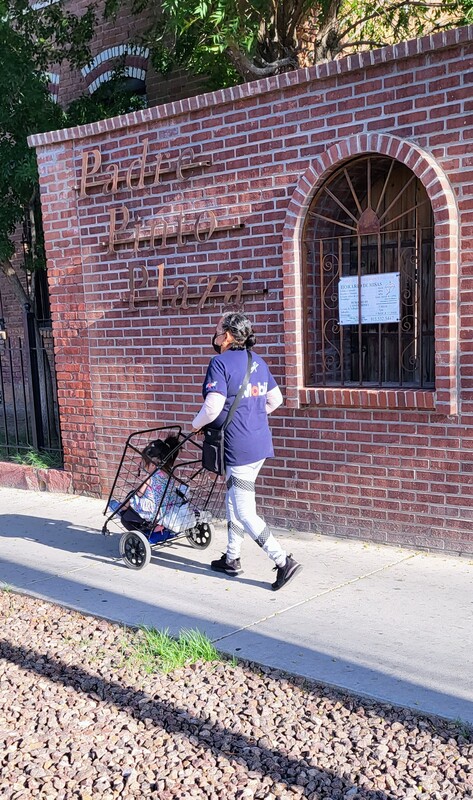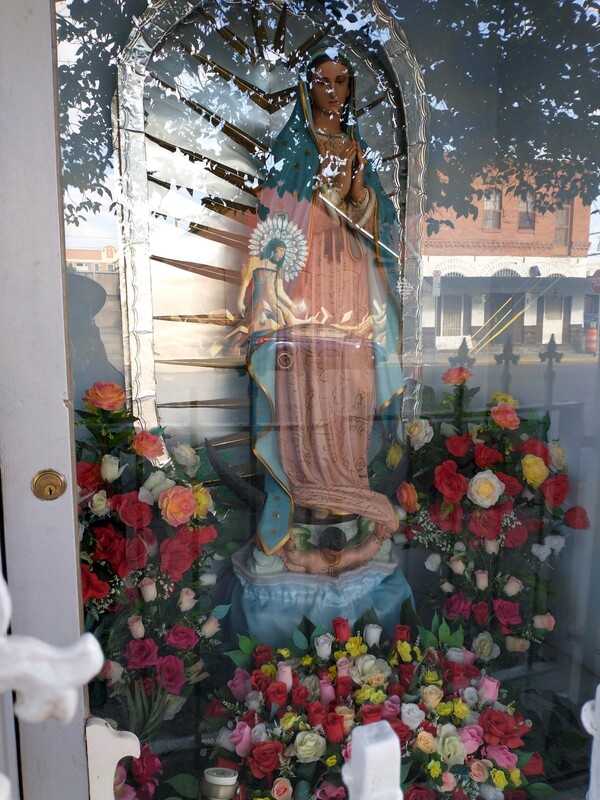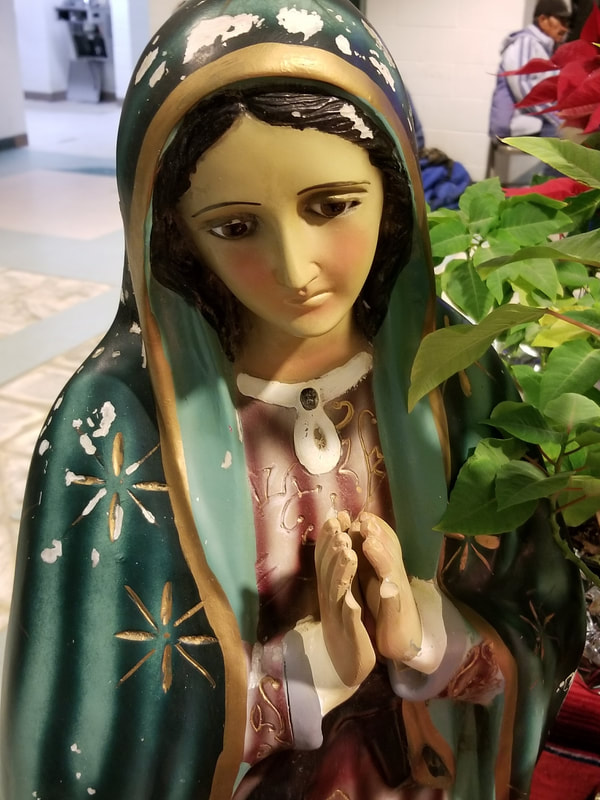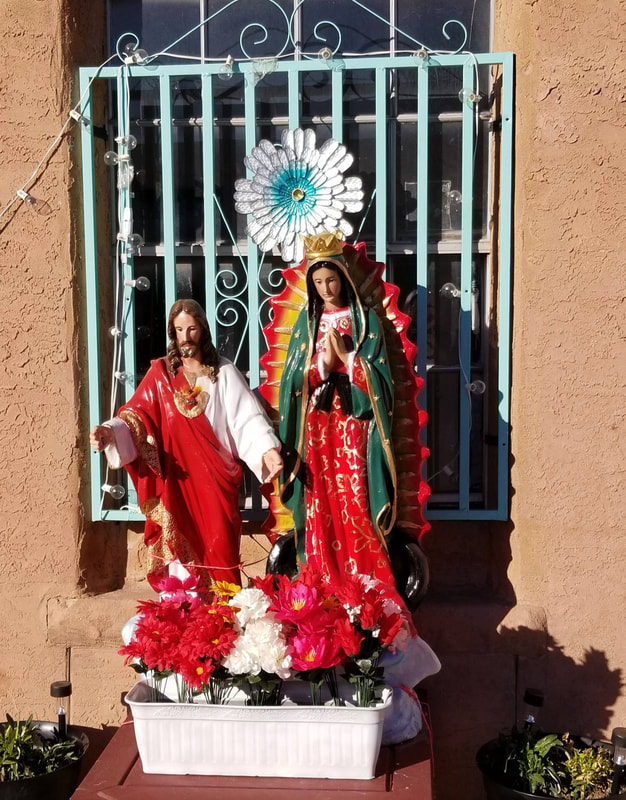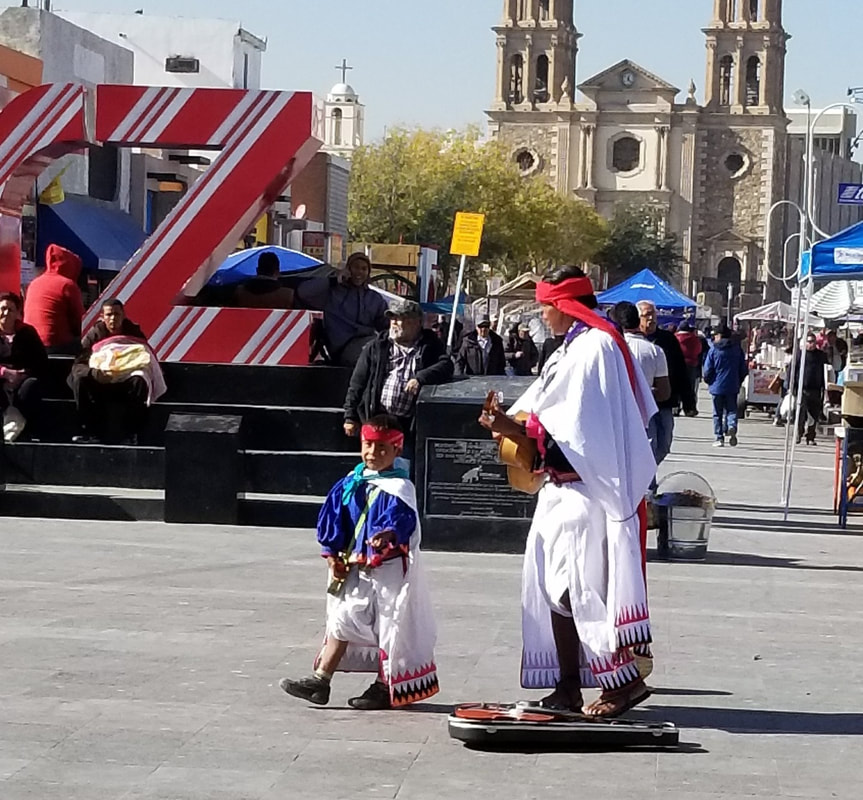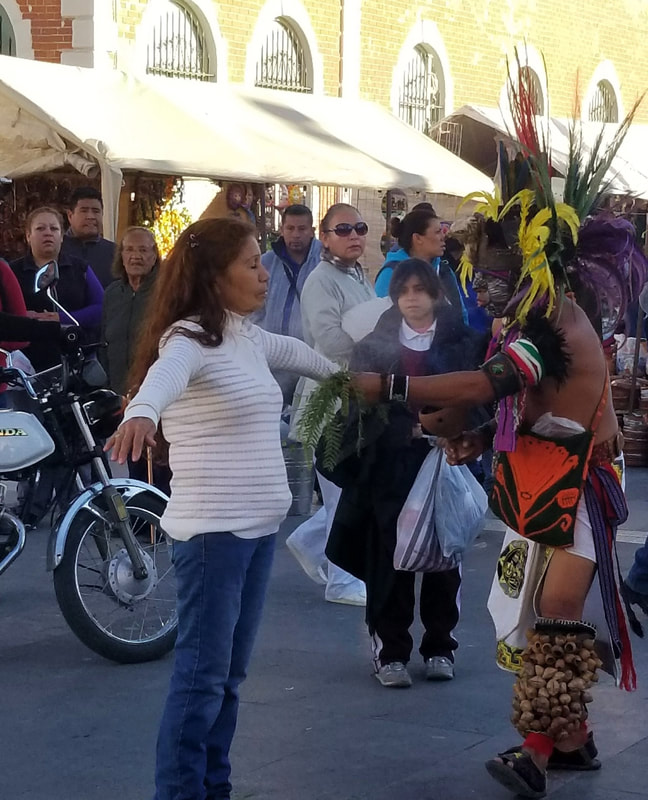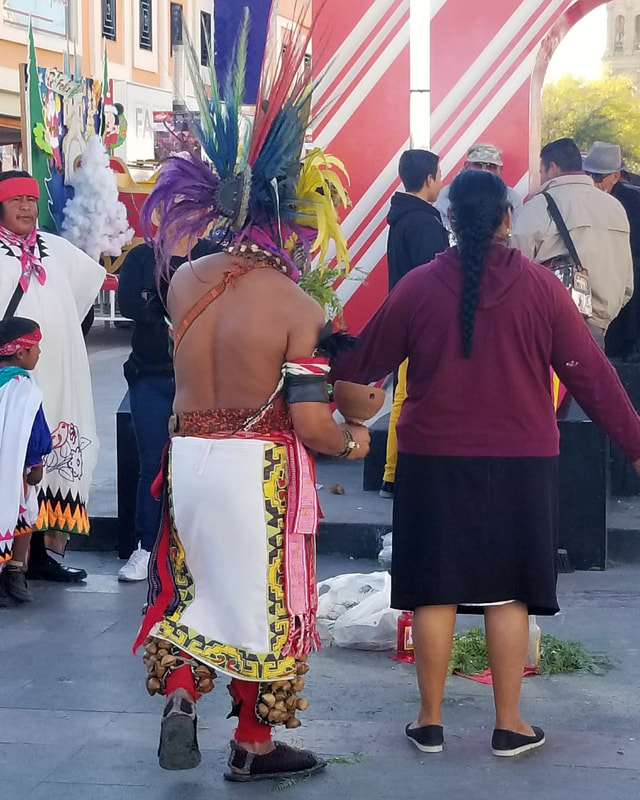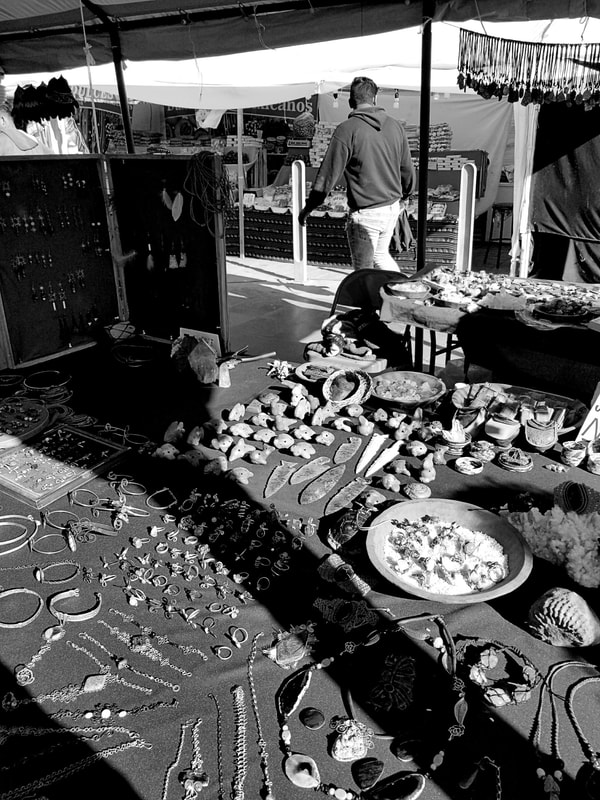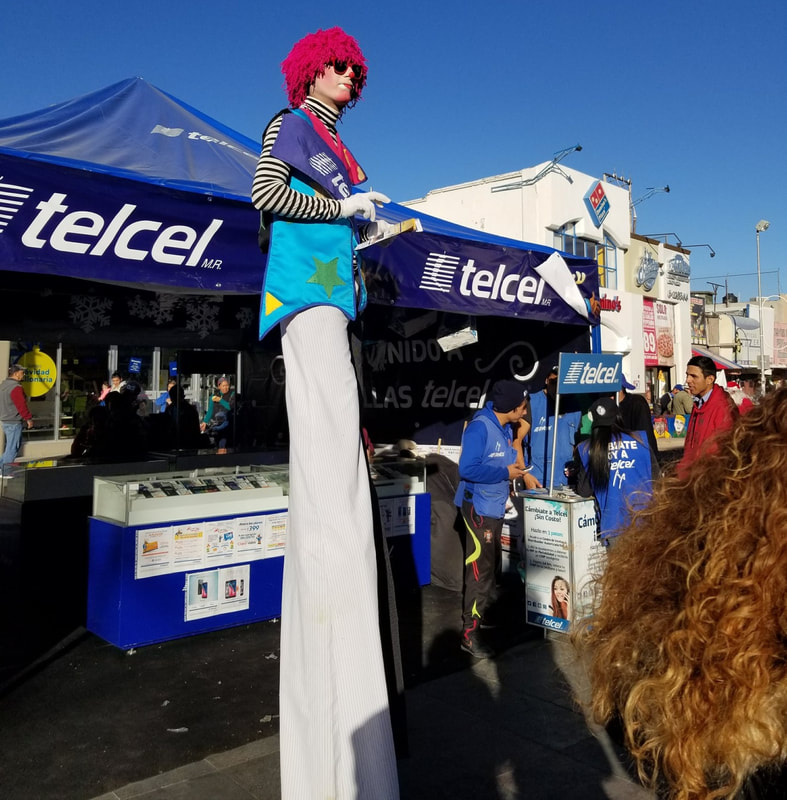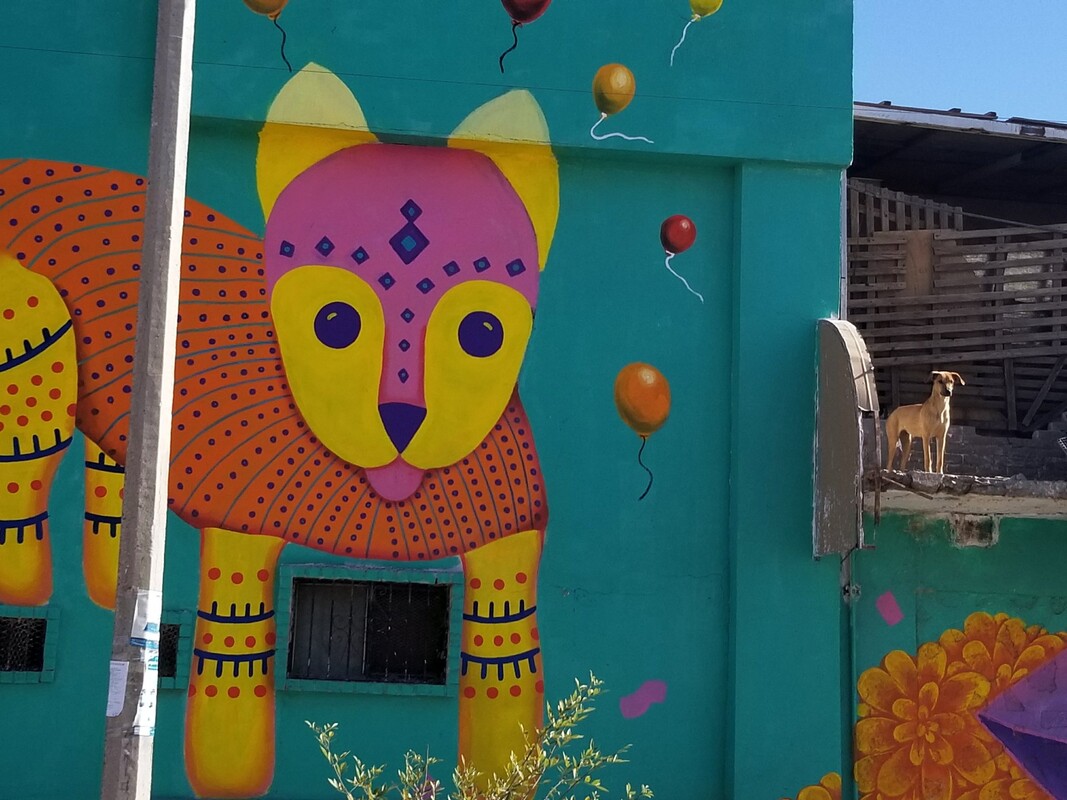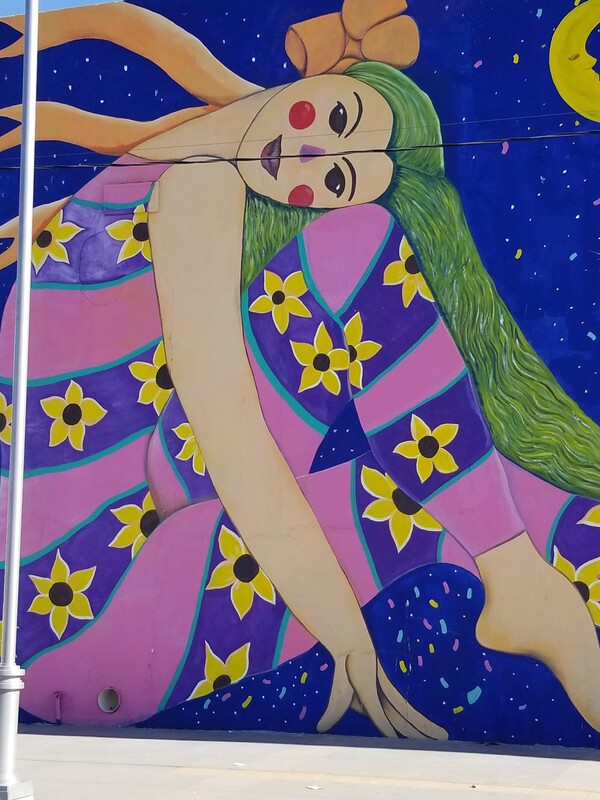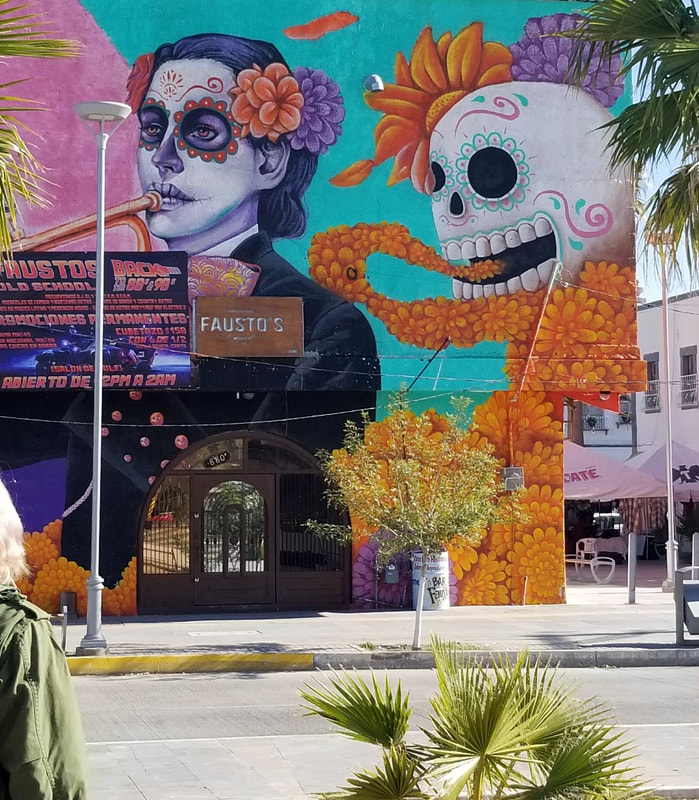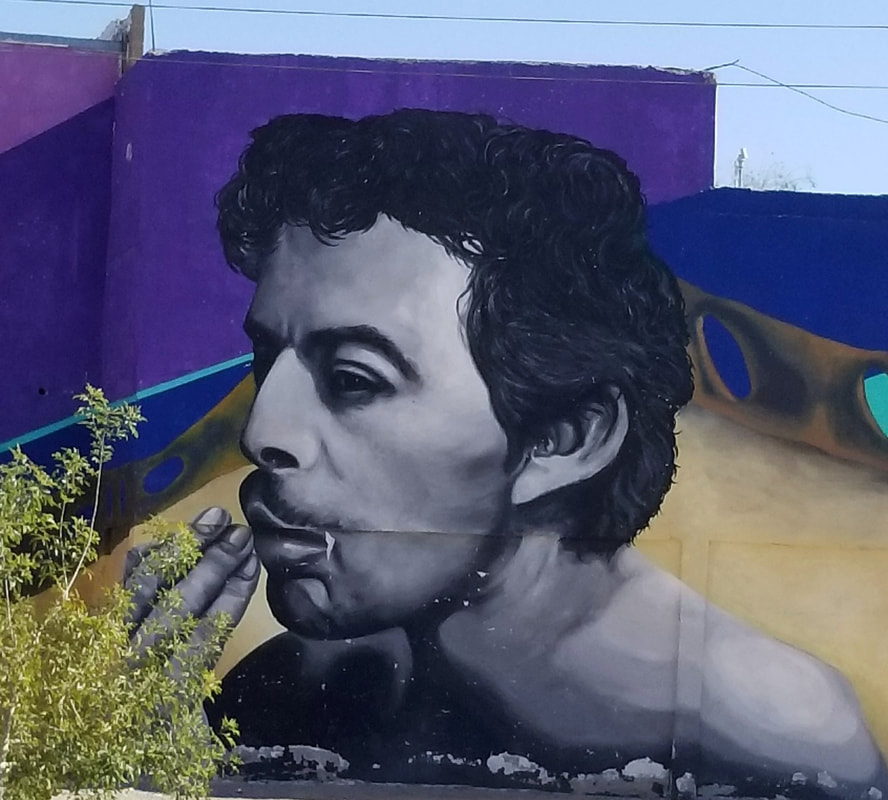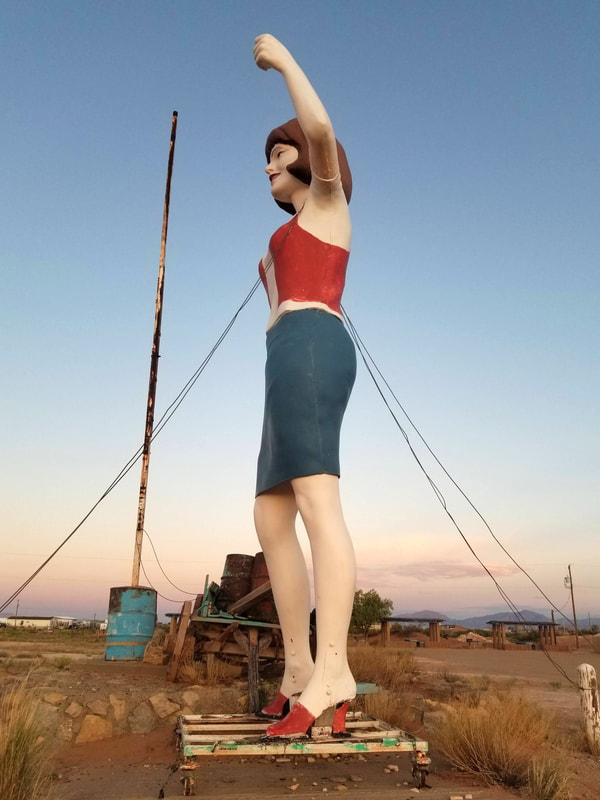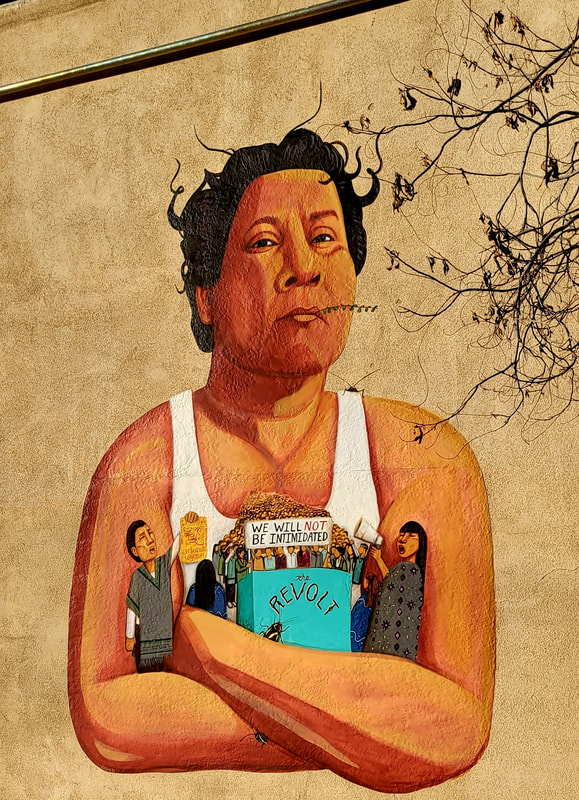For three decades, I have gathered stories as an historian, working in archives and libraries. But most meaningfully I have listened to the stories of border people, of fronterizos. I have shared these histories through public history projects ranging from museum exhibits to dialogues to podcasts.
I have collected stories all my life. Even as an student in elementary school, I was known as the story-teller on my block.
I was blessed growing up on the border; my neighborhood was filled with history. My friends' abuelitas talked of living through the fear and chaos of the Mexican Revolution. My mama talked about sharing an egg for dinner with my daddy during the Great Depression because it was all they had to eat. My father talked about leaving the border for the first time when he joined the Army during World War II and was stationed in West Virginia. I carry these stories with me still and share them with my grandchildren and in my writing. I learned from these stories that I/ we are all part of a larger history that connects us.
As a social worker in the 1970s and '80s, I gathered the intimate stories of people on the economic and social margins of our society: the homeless, the elderly, the working poor. These stories I kept in confidence, but after thirty years, I still remember them and they shape the way I view the world. I learned from these stories that people are resilient and creative and survivors.
Stories are powerful. They are to be treasured as they go from one generation to the next.
Here is a sampling of some of my public history work. Please visit the photos and links below and let me know what you think!
MUSEUMS EXHIBITS
I have designed, curated, and developed numerous museum exhibits. The time frame for the exhibits has ranged from pre-European contact to the present and the historical topics are diverse: Mesoamerican migration, the Chicano Movement, the Mexican Revolution, the history of a women's advocacy organization, La Mujer Obrera, and traditional medicine in the borderlands. For a view into one opening day, please see: https://vimeo.com/101434947
ORAL HISTORY PROJECTS
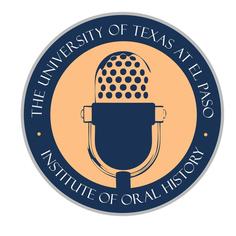
The Institute of Oral History was established as part of the Department of History in 1972 for the purpose of preserving the history of the region adjacent to the Rio Grande both in the United States and in Mexico. It is known internationally for its collection of over 1,000 interviews and over 20,000 pages of transcripts. In 2010, the IOH received the National Council on Public History award for our Bracero History Archive project. We are currently directing two oral history projects: one gathers the histories of people who attended segregated "Mexican schools" in West Texas from the 1970s and earlier. A second project, "Voces del Barrio," gathers the stories of individuals who grew up and are still live in El Paso's southside neighborhoods.
WORKSHOPS
I have conducted workshops on a number of topics from creative writing to revising scholarly papers, cultural competence in public history, and using public history in high schools.
LECTURES
I can develop lectures on a variety of topics, from borderlands history, public and oral history, preservation and cultural topics such as Day of the Dead. As director of the Institute of Oral History, I have trained students and community members how to conduct oral histories.
DIALOGUES
|
I have designed and facilitated dialogues through grants from the International Coalition of Sites of Conscience. Our current dialogue project involves working with high school students to explore the school to prison pipeline and the history on unequal education for Mexican American students. I have conducted dialogue training at the invitation of the government of Brazil.
|
VIDEO SERIES: "Voices from the Border"
"Voices from the Border" This video series documents the lives, the experiences, and the dreams of fronterizos, border people. Please view our videos at https://vimeo.com/user10533402. The videos are produced through the Institute of Oral History. Dr. Yolanda Chavez Leyva, oral historian, and Anais Acosta, editor and producer.
POD CASTS
"Other Sides: Forgotten Histories," a podcast project of the Borderlands Public History Lab/ Institute of Oral History is available on Sound Cloud

"Other Sides: Forgotten Histories," a project of the Borderlands Public History Lab/ Institute of Oral History is available on SoundCloud. Click here to listen:
https://m.soundcloud.com/user-413504457
Many thanks to Creative Studios, The University of Texas at El Paso.
https://m.soundcloud.com/user-413504457
Many thanks to Creative Studios, The University of Texas at El Paso.
